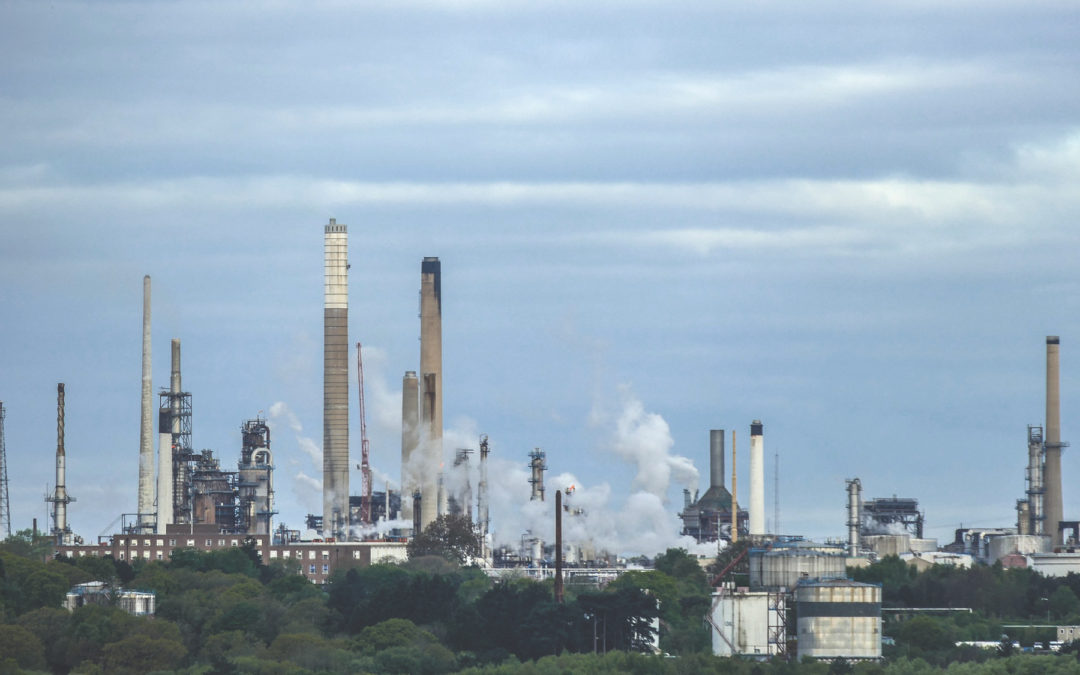When there is a rise in oil prices, the cost of production is increased which will lower aggregate supply, resulting in an excess demand condition, thus raising general price level. Hence, cost-push inflation arises.
An oil price hike leads to inflationary pressures. The increase in the price of raw materials and natural resources, such as crude oil, leads to an increase in manufacturing and transportation costs for many industries. Consequently, producers will pass on the increase in cost of production to consumers in the form of higher prices and inflationary pressures ensue, as illustrated by upward shift of the horizontal portion of the aggregate supply curve.
Oil price hike also leads to higher unemployment. For firms that are unable to pass on the increased cost of production to consumers will have to scale on their production process, including labour. A prolonged oil price hike will lead to the erosion of comparative advantage for firms in these industries which rely extensively on oil for production purposes. Hence, this results in structural unemployment. In addition, firms will seek cheaper alternatives, such as renewable energy and natural gases, thus reducing the severity of structural unemployment.


